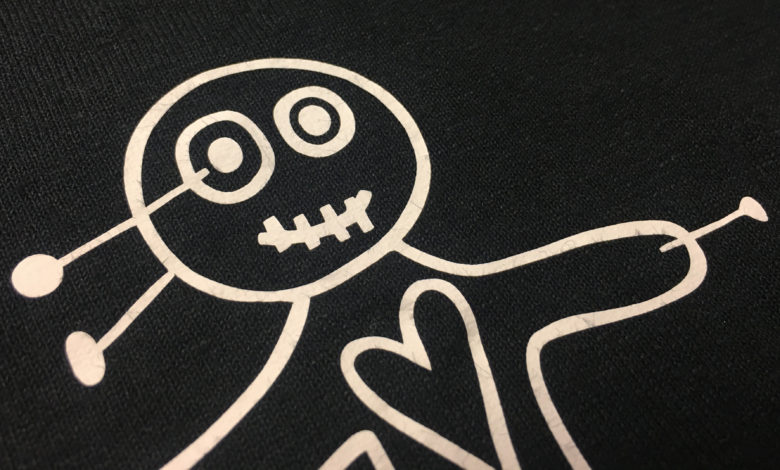
You’ve completed an imprinting job, and the customer is happy with the results. Aftercare for the garments you sell shouldn’t be an afterthought. Here are some general rules to pass on to your customers so they can keep their great new garb looking newer longer.
High and dry
Most apparel decoration processes can’t withstand dry cleaning. The solvent chemicals used in the process will weaken some types of hotmelt adhesive and cause damage to inks. Let your customer know upfront if their end products can or cannot be dry cleaned.
Insider secret
No matter what type of process you use to produce custom apparel—heat transfer vinyl, screen printing, direct-to-garment, etc.—turning it inside out will help protect the imprinted design for the long term.
Washing up
Steer clear of liquid fabric softener, bleach, and detergents that claim to have extra stain-fighting power or brighteners. Liquid fabric softener can eat away at screen printing ink and the hotmelt that keeps heat transfer vinyl and rhinestones adhered to the fabric.
Fabric softener in sheet form can also cause problems and negate the dry-wicking ability of performance polyesters as well as any fire-retardant properties in fabrics.
Keep your cool
With all decorated garments and dark textiles in general, the colder the temperature, the better. The hot water setting can fade textile colors, cause shrinkage, and damage some fabrics. Putting customized apparel into hot water can weaken the adhesive and fade any inks. Some garment decoration products can withstand warm water, but using colder water temperatures will save on energy bills and keep the fabric colors more vibrant long term.
Oldest trick in the book
Hanging T-shirts, hoodies, bags, etc. or laying on clean flat surfaces to air dry in the sun was the only way to dry clothing for centuries. This method is still the best and cheapest way to dry decorated garments. Since this does require a great deal more sweat equity, space, and dependence on the weather, using a mechanical dryer is the method of choice in most households. Putting garments into the dryer on high heat for a long time can make them shrink and cause the ink or heat transfer vinyl on them to crack. When using a dryer, it’s best to use it at a low heat setting for the least amount of time.
Pumping iron
Some people prefer a clean fresh-pressed look to their clothing. Most garment decoration can take a little iron heat, but not directly. Turn the garment inside out and place a thin cloth over it, then iron with the lowest temperature and no steam. Most heat transfer vinyl can be ironed in this manner, but plastisol screen-print transfers cannot.
A customer who knows how to care for the garments you provide them is a happy customer. And we all know happy customers become repeat customers.




